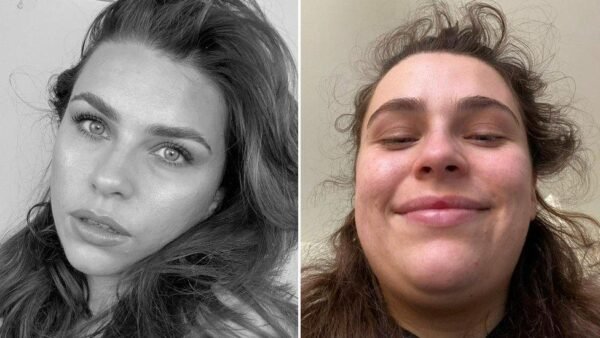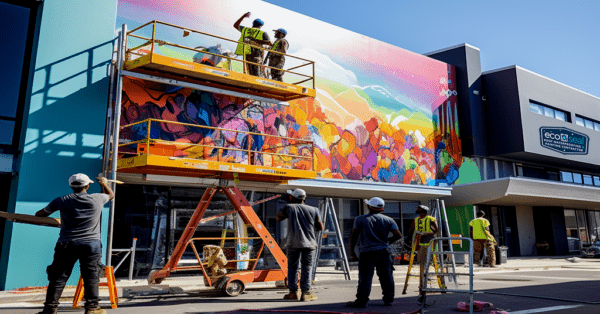
CGI Will Be Introduced Into the Driving Theory Test From Early 2015
CGI will be introduced into the driving theory test from early 2015
If you live in the UK, you recall the rigorous preparation it takes to study for the driving test. Whether using online mocks or swotting up with books, anyone preparing for their test will know the modern driving test is not to be underestimated. The test has multiple components – theory, video elements, even developing hazards to assess how well you adjust to new situations. As of this year, the Driver and Vehicle Standards Agency replaced their old, grainy films with clearer, sharper images through the use of CGI (computer-generated imagery). What does that mean? No more hazard perception tests with images that fizzle into the pixels of the screen, too blurry to catch.
With this advance in technology, the assessment is far more realistic and likely enjoyable for the driving candidate. The addition of CGI will create practical video scenes to enhance the real-life pressures in unexpected situations. Throwing in developing hazards will trigger a driver to react accordingly, such as changing speed or direction.
Don’t go rearranging your study habits; the fundamental integrity of the video portion of the test hasn’t changed. Nor has the spontaneous developing hazards to catch you off guard. But with CGI, candidates through the University of Nottingham’s Accident Research Unit found the potential hazards easier to spot.
With 14 different clips shown, the test plays a lot like a fun computer game. The driver receives five points every time they accurately identify a potential hazard. The earlier a hazard is identified, the higher the score! The pass mark is a challenging 44 out of a possible 75 points.
DVSA chief executive Alastair Peoples says, “Research has shown how effective the hazard perception test is in reducing the number of crashes involving newly qualified drivers.” So not only are the images guaranteed to be more visible, it also enhances the quality of drivers allowed out on the road. The more reliable the assessment, the better guarantee that drivers will make smart choices when these moments do occur.
Looking into the future, the DVSA wants to take advantage of CGI technology and add more elements involving more vulnerable road users and pedestrians. So be on the look out for cyclists, children, or animals charging through your next video clip. Maybe even night vision scenarios and motorways!
Every year, almost 1.5 million hazard perception tests are taken as part of the theory test. Since the 2002 introduction of the hazard perception test, the DVSA claims it is associated with an 11 per cent reduction in crashes. With the help of CGI, we can keep our fingers crossed that crashes will continue to reduce – keeping more drivers safe everywhere.
Photo courtesy by: the UMF

















































